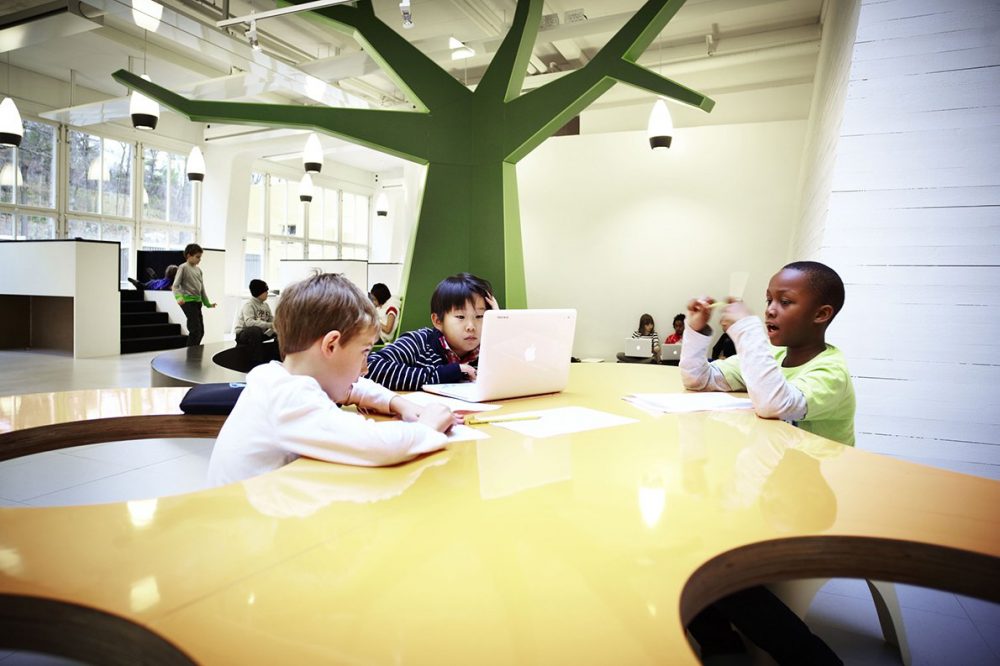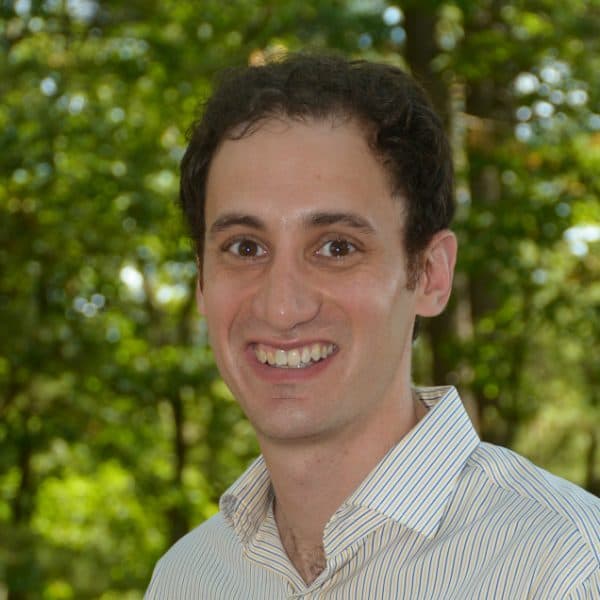Advertisement
To Build Better Learners, We Must Build Better Schools

COMMENTARY
A time traveler from the 19th century would find herself bewildered by our world today. She would marvel at the flying machines shooting across the sky, wonder why so many apples appear on magical handheld devices, and express confusion about why people are willing to wait in a 30-minute line to buy a gourmet cupcake.
But there is one location for our time traveler that would feel quite familiar: a school. For hundreds of years, the structure of school buildings has remained unchanged. This rigidity is a problem. The past several decades have witnessed an explosion of knowledge about how, when and where students learn best. Yet the physical design of schools reflects outdated models of teaching and learning.
...the physical design of schools reflects outdated models of teaching and learning.
The traditional layout, with rows and desks facing the front of a classroom, promotes a teacher-centric model of learning. This model assumes that students learn best when a teacher assumes full responsibility for disseminating information, often through the use of lectures, to students who passively take notes. Research studies have proven the teacher-centric model of learning to be less effective than project-based learning, a model that emphasizes the active role students must play when constructing knowledge.
Project-based learning assignments require students to collaborate as they work to solve a problem with real-world implications. By challenging students to solve complex issues and dilemmas, project-based learning assignments equip students with critical 21st century skills and competencies, including creativity, civic engagement and digital literacy. In an elementary school class, for example, students might learn about nutrition by researching ingredients in foods, interviewing public health experts, and then creating digital advertisements convincing their local school board to increase the number of healthy school lunches.
Or in a high school U.S. history course, students might learn about the civil rights era by creating a proposal for a new civil rights movement museum, giving students the opportunity to serve as curators, architects and tour guides. Researchers have confirmed the benefits of project-based learning, including longer retention of content, deeper understanding of material, increased problem-solving skills and improved motivation for learning.
Schools that value such project-based learning look and feel dramatically different than the schools familiar to generations of students. For example, New Tech High in Coppell, Texas, features numerous open spaces, flexible furniture, mini-conference rooms, and a big video wall that displays student projects. The Vittra group of schools in Sweden, another innovative model, have no walls or traditional classrooms. Instead, these schools have learning spaces where students can work either individually or collaboratively in groups organized by academic level, not by age. And outside Melbourne, Australia, young students at the Woorana Park Primary School move each day through a variety of unique rooms each designed to facilitate an activity or exercise, including one room where students can experiment with an interactive space station and flight simulator.
Based upon the convincing research about the effectiveness of project-based learning, one may wonder why so few schools, especially in the United States, have committed to redesigning their learning spaces. The substantial expenses associated with school renovation do partly explain this inertia. But one often overlooked factor limiting innovation relates to the poor quality of professional development that teachers receive, especially about how to move beyond traditional teacher-centric practices.
Touting the benefits of student collaboration becomes empty rhetoric if we do not also intentionally work to establish collaborative learning spaces.
According to a recent national report, a majority of teachers who participated in professional development over a year found it to be totally unhelpful and ineffective, with little impact on student learning. “Instruction drives construction,” the saying goes, so until more teachers receive training to successfully implement project-based learning practices, policy makers will feel no urgency to invest in school redesign initiatives.
To be sure, innovative school design models will not automatically translate into increased gains in student learning. Especially if educators only focus on integrating new technologies into classrooms, results are likely to be disappointing. But at the same time, however, we cannot continue to ignore the significant limitations of traditional school buildings. Touting the benefits of student collaboration becomes empty rhetoric if we do not also intentionally work to establish collaborative learning spaces.
So one can only hope that if our time traveler decided to take a trip a few more decades into the 21st century, she would find herself fascinated by schools where open learning studios and vibrant common spaces have replaced traditional classrooms and narrow hallways. She’d express relief that teachers no longer expect students to remain silent in their desks for hours on end. And, most important, she’d express gratitude for an innovative education preparing her for an unpredictable future with millions of walking robots named Siri and cars seemingly driven by ghosts.
